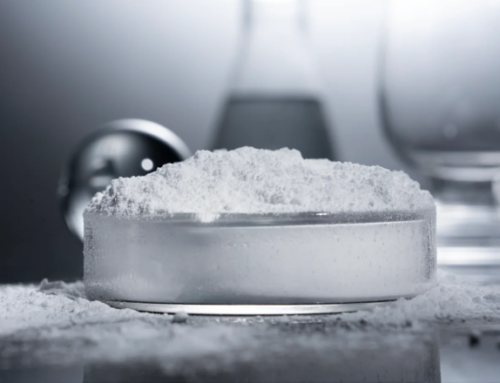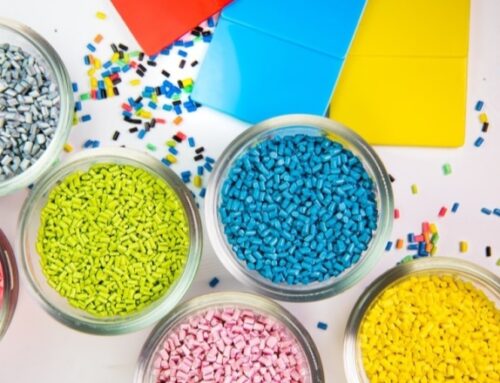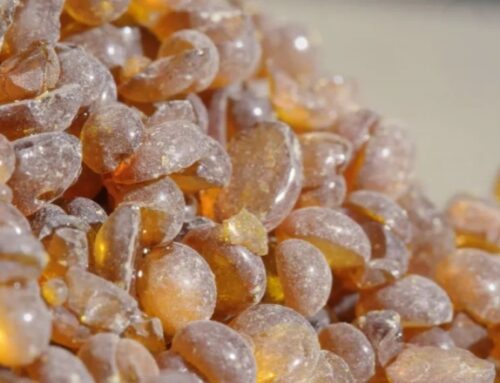Standard antioxidants and hindered amine light stabilizers (HALS) belong to the category of polymer material additives, and they are located in the middle of the industrial chain. The upstream is the basic chemical raw material manufacturing industry, and the downstream is the plastic industry, rubber processing industry, chemical fiber, coatings, adhesives and other polymer material fields.
It is understood that antioxidants and light stabilizers are the two main product series in the field of anti-aging of polymer materials.



1. Antioxidants: Overall demand continues to grow, with broad prospects in overseas markets
Antioxidants, as essential additives in the production of polymer materials, have maintained a strong market demand for a long time. Meanwhile, with the improvement of China’s polymer material research and development level and the expansion of related production capacity, the demand for antioxidants in the market is increasing day by day.
In addition, there is a significant shortage of antioxidants in overseas markets such as North America, India, Japan, and South Korea, and the demand has been expanding year by year. In 2020, the demand for antioxidants in North America and Western Europe reached $90 million and $84 million respectively. However, the market share is basically occupied by leading enterprises such as BASF, Songyuan Group, Ativant, and Saint Leicester, and the number of domestic enterprises involved is relatively small. However, in response to the increasing competition in the domestic antioxidant industry market, expanding overseas markets has become one of the effective ways for enterprises.

2. Trends in Light Stabilizer Technology: Polymer Quantification, Composite, and Reactivity
At present, the main global consumer markets for light stabilizers are in the Asia Pacific and North America regions. According to data, the global and Chinese demand for light stabilizers is showing an upward trend. The global demand for light stabilizers has increased from 510000 tons in 2016 to 610000 tons in 2021, while the demand for light stabilizers in China has increased from 160000 tons in 2016 to 220000 tons in 2021.
Since the 1990s, research and development of light stabilizers have received increasing attention both domestically and internationally. Many new and efficient light stabilizers have been developed, and their technological development trends mainly include polymer quantification, complexation, and reactivity. The polymer quantification of additives can effectively reduce their migration, volatilization, and extraction in materials, and their future development prospects as light stabilizers are relatively broad.
3. What characteristics of plastics have been improved by additives
(1) Improving the heat resistance of plastics
The heat resistance of plastics is an important indicator of whether they can maintain their original performance in high temperature environments. Many plastics are prone to softening, deformation, and even decomposition at high temperatures. In order to improve the heat resistance of plastics, researchers usually add modifiers such as inorganic fillers, fiber reinforced materials, and heat stabilizers. For example, adding inorganic fillers to polycarbonate can significantly improve its heat resistance and maintain good mechanical properties in high-temperature environments.
(2) Improve the flame retardancy of plastics
The flame retardancy of a material refers to its difficulty in burning in flames. In order to improve the flame retardancy of plastics, researchers usually add modifiers such as flame retardants and smoke suppressants. For example, the addition of halogenated compounds and metal hydroxides in polyurethane foam can significantly improve its flame retardancy and reduce the fire risk.
(3) Improving the mechanical properties of plastics
Mechanical properties are important indicators for measuring the quality of plastic products. By adding modifiers such as fiber reinforced materials and inorganic fillers, the mechanical properties of plastics can be significantly improved. For example, adding glass fiber to polypropylene can improve its rigidity and strength, making it widely used in fields such as automobiles and household appliances.
(4) Improving the aging resistance of plastics
During use, plastics may age due to environmental factors such as light, heat, and oxygen, leading to a decrease in performance. In order to improve the aging resistance of plastics, researchers usually add anti-aging agents, light stabilizers and other modifiers. For example, adding phenolic anti-aging agent to PVC can delay its aging process and extend its service life.
(5) Improving the processing performance of plastics
Processing performance refers to the flow and plastic deformation properties of plastics during the processing. By adding processing modifiers, the processing performance of plastics can be improved and production efficiency can be enhanced. For example, adding lubricants to polyethylene can reduce its melt viscosity and improve processing fluidity.
(6) Improving the corrosion resistance of plastics
The corrosion resistance of plastics refers to their ability to resist corrosive factors such as chemicals and moisture. By adding modifiers such as corrosion-resistant agents and coupling agents, the corrosion resistance of plastics can be improved. For example, adding silane coupling agents to polypropylene can improve its resistance to corrosive media such as acid and alkali.

In summary, the development of plastic modification technology has opened up new avenues for improving the performance of plastic products. By selecting appropriate modifiers and optimizing the modification process, high-performance plastic products that meet various application requirements can be prepared. With the advancement of technology and the improvement of people’s environmental awareness, plastic modification technology will continue to innovate, providing strong support for the sustainable development of the plastic industry.
Article source: www.xianjichina.com
M&J International Trading Co., Ltd





